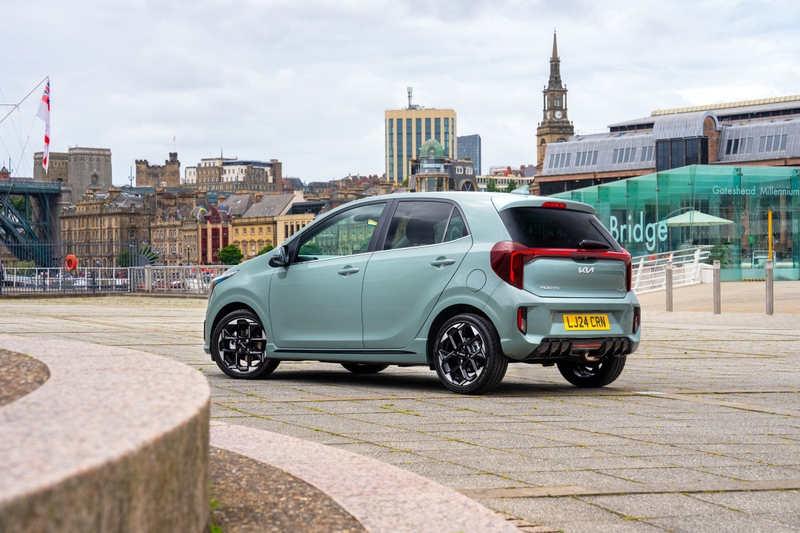

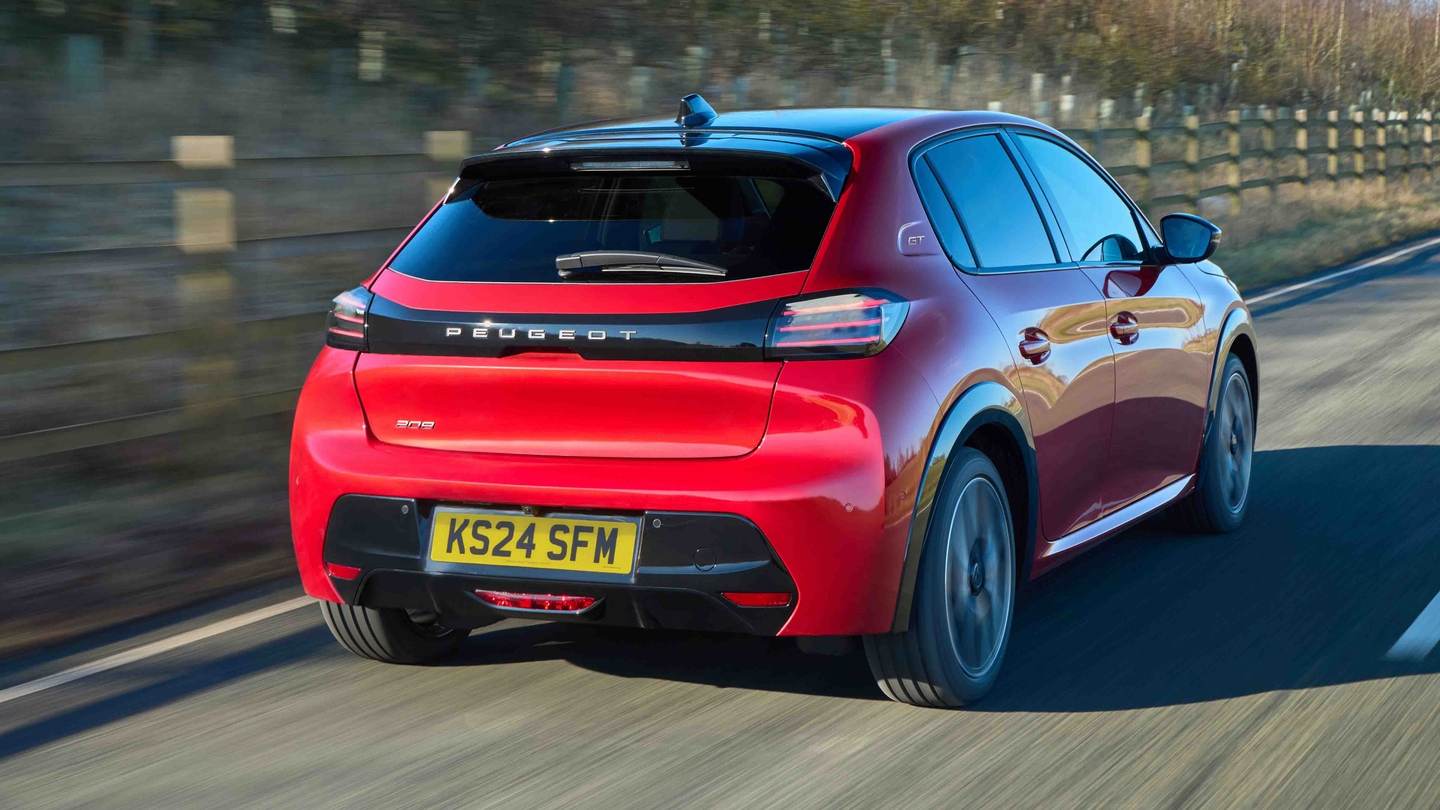
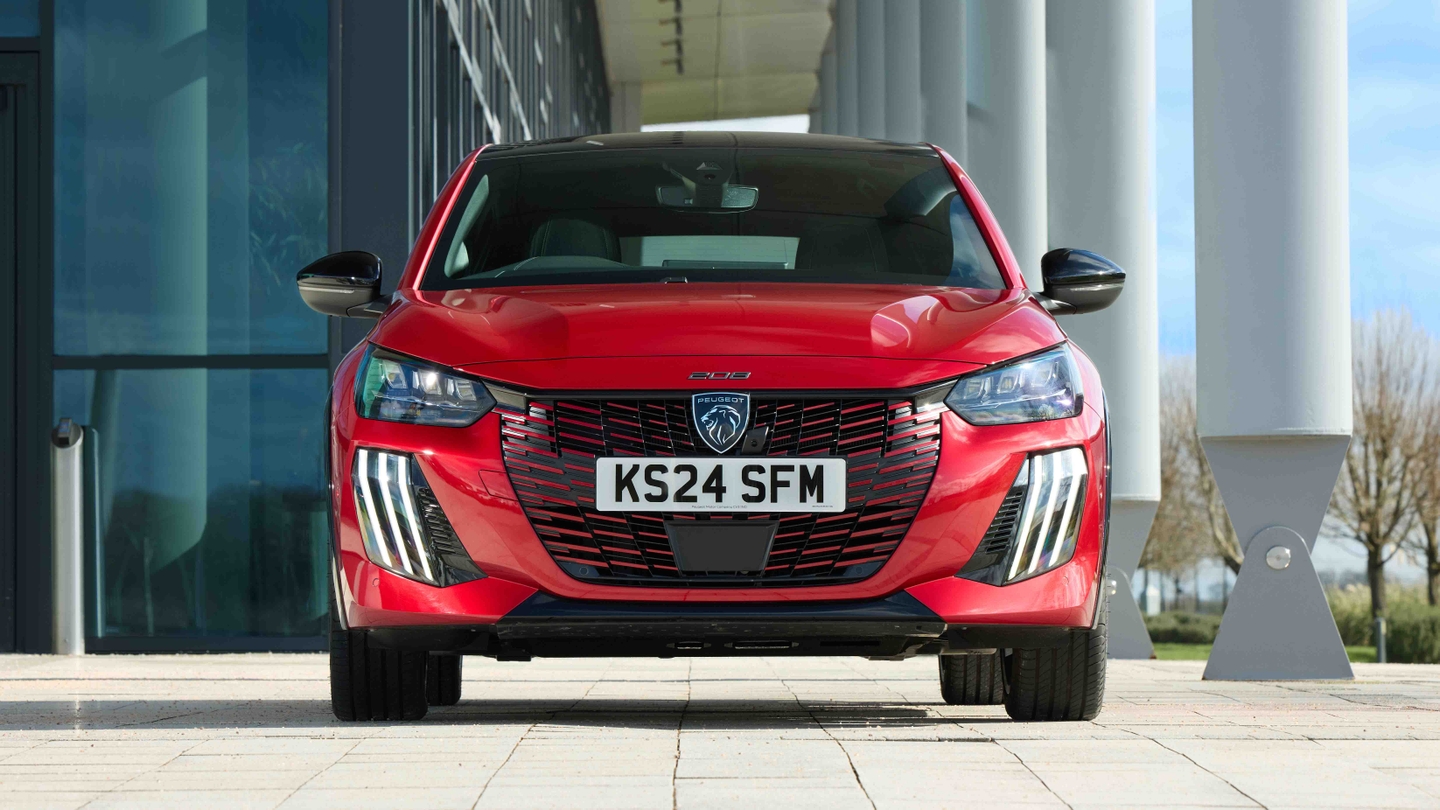
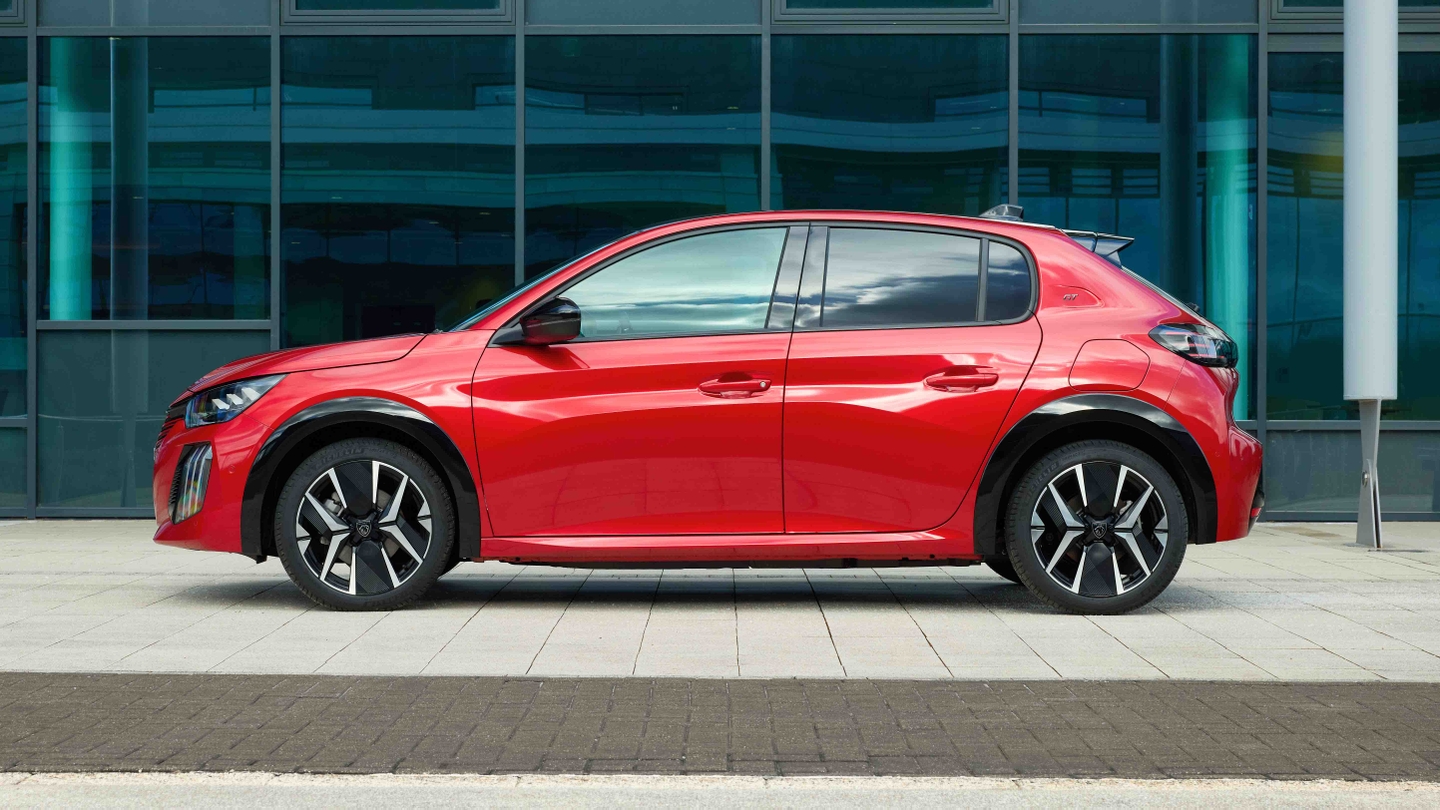
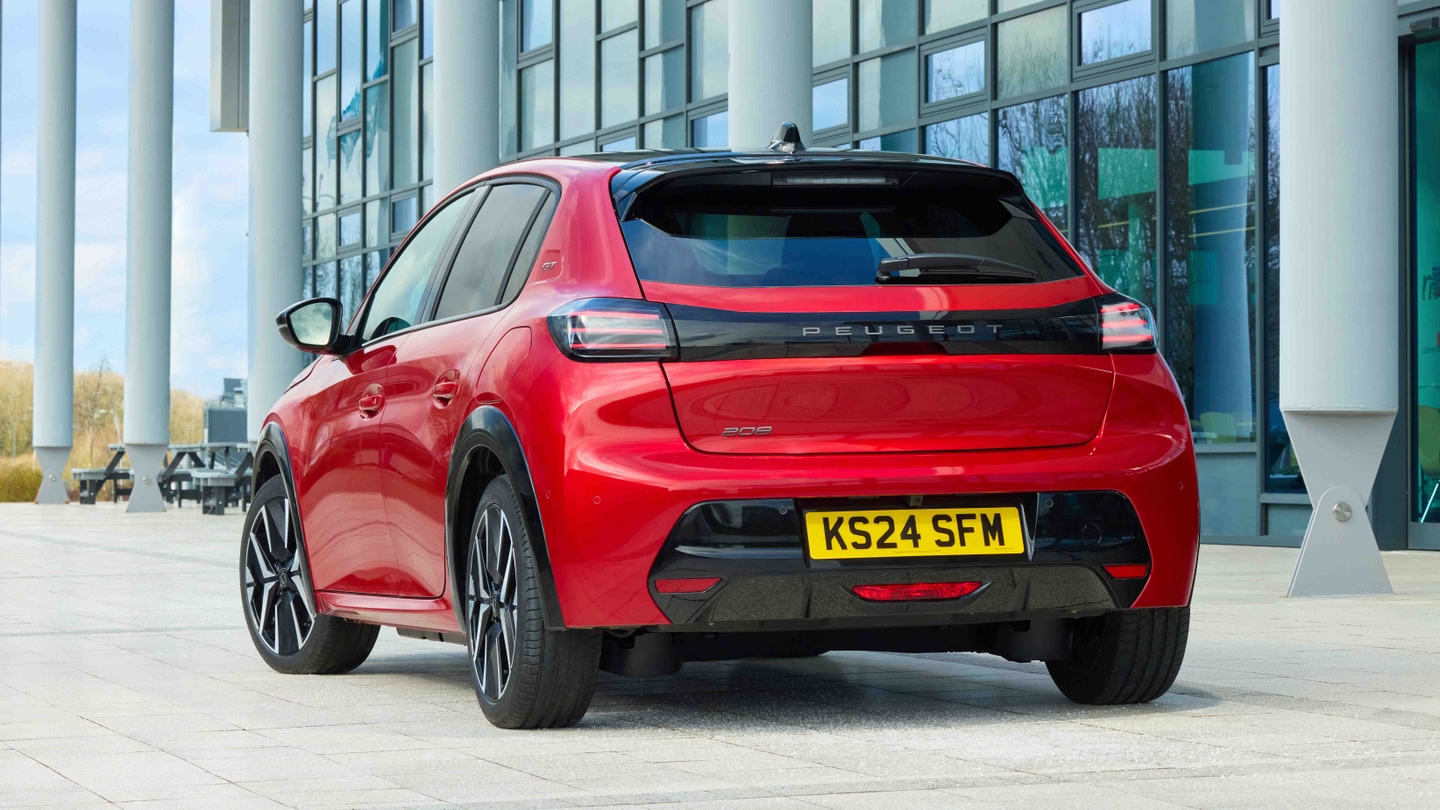
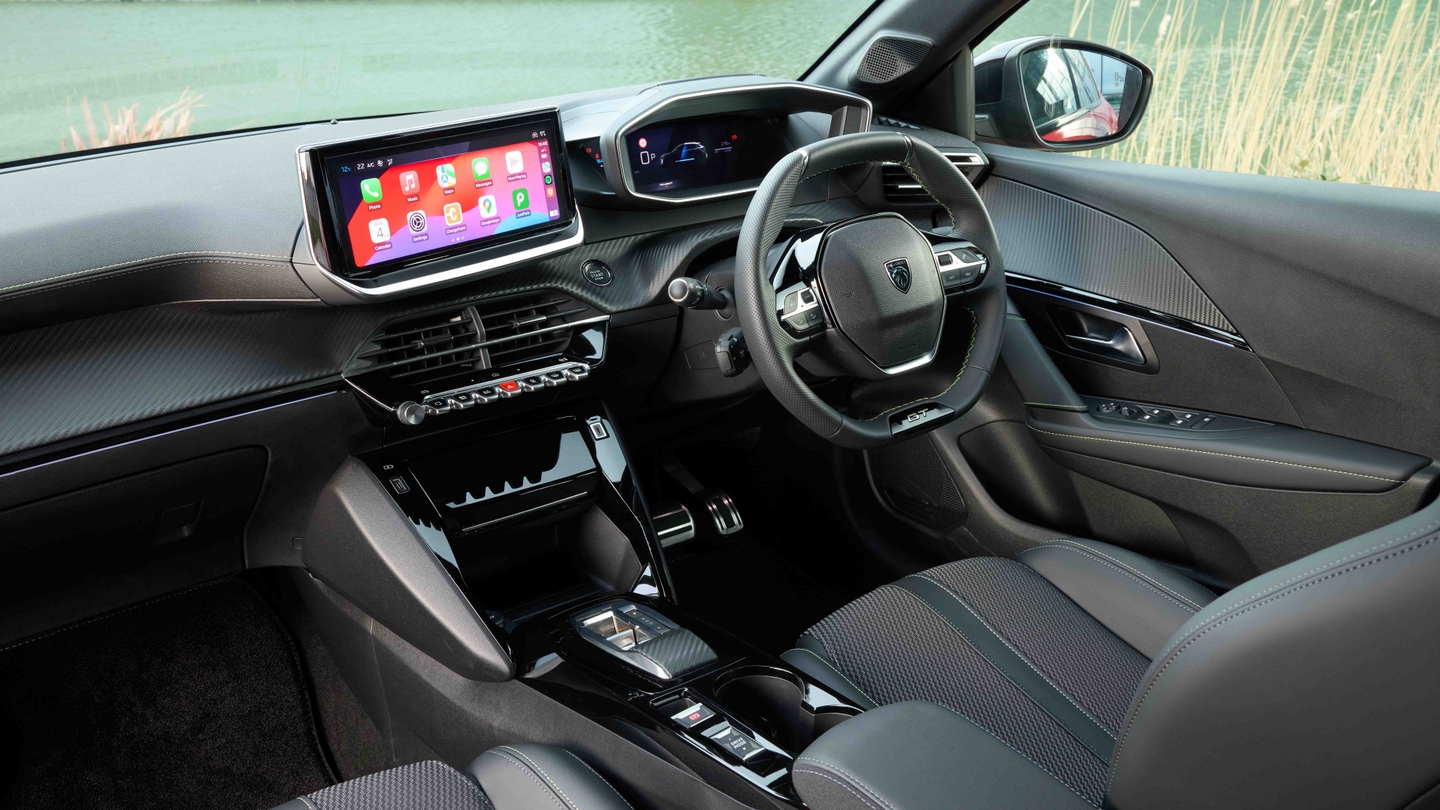
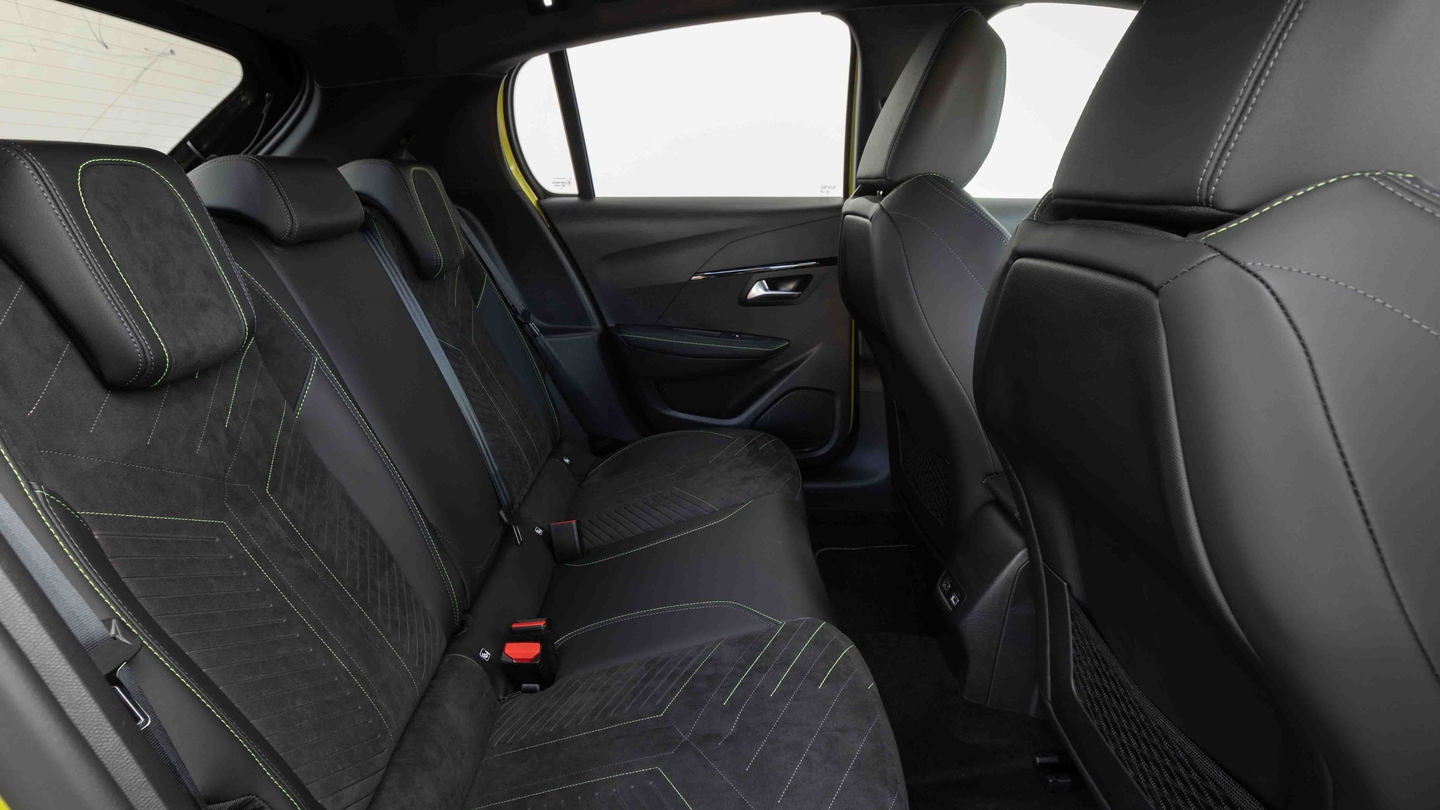
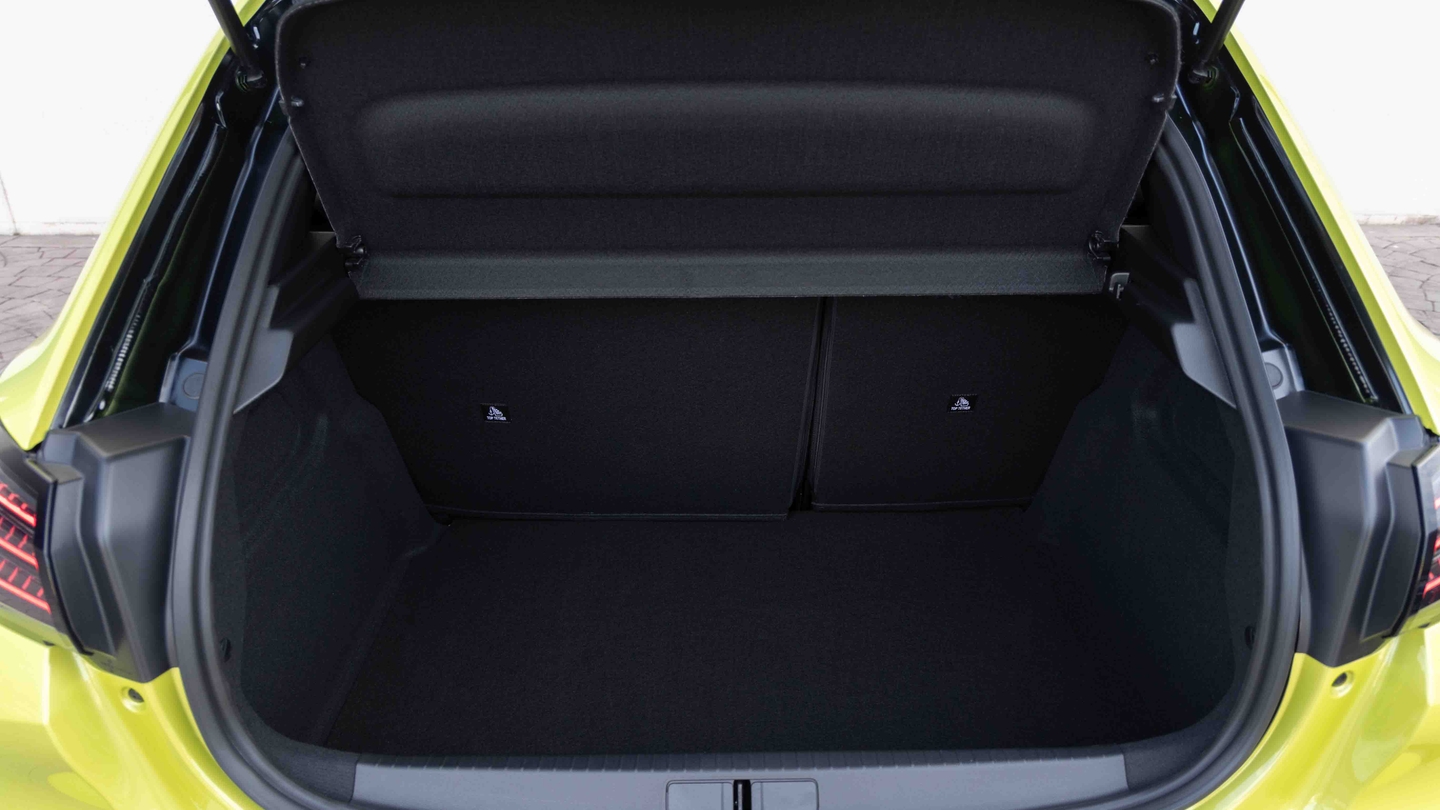
Peugeot 208 Review
The Peugeot 208 is arguably the most stylish small car and it has the best interior of its rivals.
It’s not the most practical option, nor the cheapest, but a fantastic choice of petrol and electric options broaden the 208’s wide-ranging appeal.
- Eye-catching design
- Quirky, plush cabin
- A selection of strong engine choices
- Fiesta is more fun to drive
- Not the cheapest in its class
- Nor the most practical
Should I buy a Peugeot 208?
You need a unique selling point to stand out in the world of compact hatchbacks. The Ford Fiesta is fun to drive, the Honda Jazz is incredibly practical – even the Dacia Sandero stands out for being so affordable. So what is the Peugeot 208’s USP?
The answer should immediately be obvious – the 208 looks like it could fit right in on the Paris Fashion Week catwalk, and not just because it has a lion on its badge. A large, shield-shaped grille, sculpted bodywork and impressively intricate lighting details lend the 208 a confident, eye-catching appearance. Facelift models add some particularly bold alloy wheel choices.
"Comfort is a key string in the 208’s bow, so it’s good that the cabin is an easy place to spend a long time in"
It’s the same story inside. Everything from the steering wheel, to the dashboard, to the driver’s dials exudes a sense of style and sophistication that you don’t get in any other small hatch. The beauty is more than skin deep, too, with plush materials and solid-feeling build quality that’ll come as a shock if you’ve only experienced Peugeots of old.
The 208’s talents don’t end once you get out on the open road. It’s no canyon-carving sports car, but the controls are easy to use and the ride remains impressively well controlled over poor surfaces, making it a doddle to cover long distances in the little Peugeot. There’s also remarkably little compromise under the bonnet, with a choice of strong petrol engines or an accomplished EV version.
Interior and technology

Inside the 208, the styling is the first thing that catches you. The slim centre console flows up towards the dashboard making the cockpit feel more like Peugeot’s larger cars, while the dash itself features only air vents, a volume control and a handful of piano-style keys to operate key functions. A slight annoyance is the climate controls, which are managed through the touchscreen, making adjustments fiddlier than with proper knobs and switches.
The infotainment screen comes in a choice of two sizes. Entry-level Active and mid-spec Allure cars get a seven-inch version with touch-sensitive shortcut keys on the surrounding bezel, while GT cars and above get a 10-inch screen with sharper graphics. Both systems are easy enough to operate, and include Apple CarPlay and Android Auto for convenience, but neither version is anywhere near the class best for graphical sharpness or response times. Nearly all 2024-on cars get the big screen as standard.
Entry-level 208 models get traditional driver’s dials but higher-end models get a digital screen in their place. Top-spec versions include cool 3D-effect graphics in this screen that appear to ‘hover’ in the middle of the instrument cluster.

Practicality
Practicality in the 208 is about average for this class. That means you can feasibly transport up to four adults without too much difficulty, but pushing this to five will leave rear-seat passengers seriously cramped.
There’s a generous cutout in the backs of the front seats to give rear passengers a little more knee room, and rear headroom isn’t compromised by a sloping, sporty roofline. The 208 also features big side windows that let lots of light into the second row. You do have to compromise on the rear doors, however, which don’t open very wide making access tricky, and even more of a challenge if you need to convince a wriggling kid into their child seat.
The boot, like the rest of the cabin, is good but not outstanding by class standards. There’s 311 litres of space, which places it very much in the middle of the small hatchback table, but the area is at least usefully square. The boot opening is square but not as wide as the best in class and there’s a little bit of a load lip to navigate if you’re hauling heavy items. Handily, the electric version offers the same amount of boot space as the petrols.

Engines and performance
As you’d expect, this small Peugeot hatchback isn’t a performance car. What it does have, however, is a choice of seriously accomplished engines and even a compelling battery-powered alternative for buyers that have access to an EV charger.
The 1.2-litre, three-cylinder petrol engine under the bonnet is widely used across the Peugeot, Citroen and Vauxhall lineups, but it’s particularly well suited to the comparatively lightweight 208. Entry-level versions lack a turbocharger but their 75hp output means they’re strong enough for city driving and the odd bit of motorway work, while offering the cheapest insurance costs. The popular 100hp and 130hp turbo versions are noticeably more powerful, with decent overtaking performance and the option of an eight-speed automatic gearbox.

More recent 208s also come with the option of a mild-hybrid petrol engine, offered with either 100hp or 136hp and a six-speed automatic gearbox. These models are about 10-15% more economical than the standard petrol engines, officially returning up to 54mpg. You might even see more than that around town, where the electric motor and battery can do over half the driving.
Then there’s the e-208, with its electric motor and battery pack taking the place of the petrol engine and fuel tank. You get surprisingly brisk acceleration accompanied by nothing other than a faint, distant whirring, and over 200 miles to a charge – which’ll cost just a few quid on a home charger with the right tariff. This is one of the most compelling small electric cars you can currently buy and is more polished than the Renault Zoe. And ignore the ambitious pricing of new e-208s because, on the used market, an electric version can be picked up for the same price or less than a petrol equivalent.

Driving and comfort
If you like a sporty car with engaging handling, the 208 probably isn’t going to impress you. There’s little in the way of feedback through the controls and the body rolls a little more than an equivalent Ford Fiesta or Mini Cooper. It’s still very easy to drive, however, with accurate, light steering and a responsive throttle. The clutch is a little springy on manual cars and the automatic can be jerky on rare occasions, so our favourite version to drive is actually the e-208 EV which negates both of these slight annoyances.
While you’re unlikely to appreciate the 208 on a twisty country road, you’ll be grateful for its composed ride quality around town. It copes with potholes and manhole covers with the grace of a much more luxurious car, all without the wayward swaying you might get from an overly soft setup. This is a small car that’s easy to drive for long distances.
























































